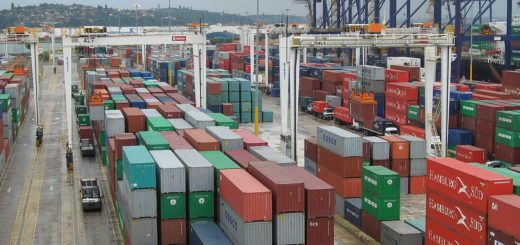Significant Advantages of Dynamic Routing
One of the most important components in guaranteeing seamless, safe, and on-time delivery is route planning and optimization. Moreover, it also assists in minimizing the overall transportation cost, decreasing travel time, and maximizing the number of deliveries per vehicle. Now, if you are thinking that route optimization is to discover the shortest route to the delivery place then you are entirely mistaken.
Route planning and optimization is the process of determining the most efficient route to ensure that a truck delivers more items while keeping shipping costs low. Dynamic route planning is a component of route optimization that must be completed whenever the customer’s delivery time or date changes. It is also required when a consumer cancels an order at the last minute while it is already on its way to the customer.
Most route optimization and transportation management software includes dynamic route planning. Let’s look at an example to better comprehend the phrase. A vehicle carrying ten consignments is on its way to the delivery; however, a customer whose order was actually supposed to get delivered on number seven (as per the planned route) canceled it while the vehicle was still at the first client’s location. As soon as the transportation management system receives the cancellation request, it will present the driver with a revised route, which will not include visiting that customer’s location.
This will not only save time, but also gasoline, driving time, and, of course, the driver’s efforts.
These are four specific advantages of dynamic route planning:
Reduces Fuel Cost
Dynamic route planning saves fuel by preventing the driver from making needless trips to locations where the customer is not present. You can imagine how much fuel can be actually saved if the driver is aware of the canceled orders ahead of time. He will also assigned a different route to deliver other orders.
Prevents Idling of Engines
A transportation management system not only generates a new route in the event of an order cancellation or modification, but it also does so in the event of unexpected traffic jams or other road congestion. Because unexpected traffic jams cannot be forecast in advance, the dynamic route planning feature prevents getting trapped and thereby idling the engine and wasting time.
Cuts down on driving time
By displaying the most efficient routes from the warehouse/hub to the customer’s location, dynamic route planning helps reduce driving time. The driver is not required to make a failed delivery attempt, which would diminish the rate of return to the origin because most third-party logistics providers limit delivery efforts.
Enhances Route Efficiency
Improved route efficiency is one of the main benefits of dynamic route design. You may be able to deliver the products on time using a traditional or manual route planning system; however, it may fail if the customer reschedules or cancels delivery. Finding an efficient route for future deliveries could take a significant amount of time and effort. But, with route planning technologies that come up with dynamic route planning, new routes are available in no time. Drivers can make more deliveries in a day if they use an effective route.
Wrapping it up
In the end, dynamic routing will help companies manage deliveries more successfully, boost productivity, spend less on gasoline, and deliver more packages each driver shift—all while delivering goods to customers more quickly. Dynamic route optimization solutions are crucial to successful delivery operations now more than ever because the difficulties brought on by the shifting tides in the transportation industry aren’t going away any time soon.




Recent Comments